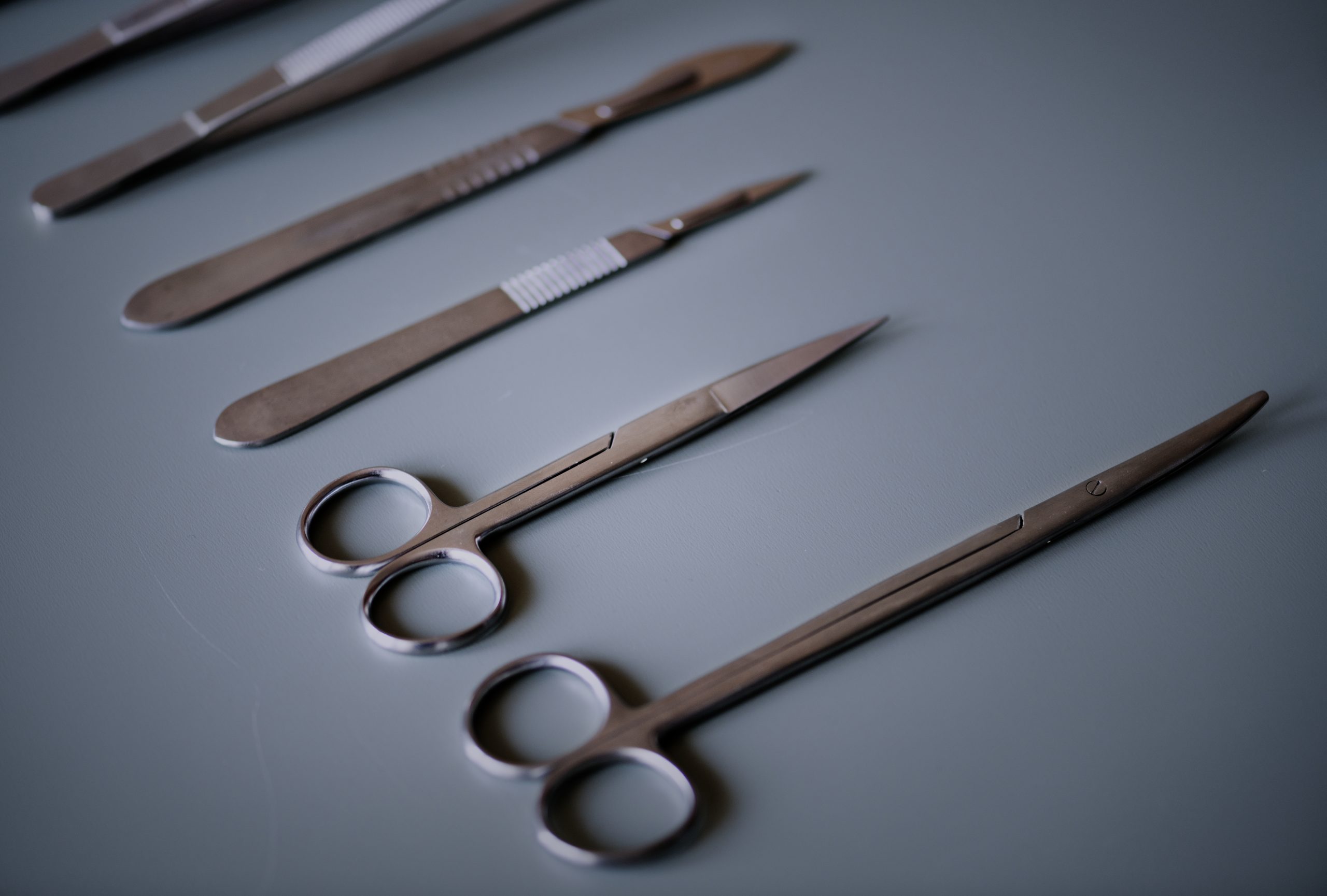A shorter wait for cataract surgery could prevent injuries from falls
The long wait for cataract surgery in the Australian public health system could be leaving vulnerable people at risk of falls and subsequent injuries while their eyesight is compromised, according to Australian research. The team looked at a group of about 400 people referred for cataract surgery, which requires two separate surgeries for the full effect. The incidence of falls among the participants was 1.17 per year, compared to 0.41 once they’d had both surgeries. The researchers say the reduction in falls was much smaller after just the first surgery, suggesting both need to be completed in a timely manner to reduce the risk.
Journal/conference: Medical Journal of Australia
Link to research (DOI): 10.5694/mja2.51611
Organisation/s: The University of New South Wales, George Institute for Global Health, The University of Sydney, The Westmead Institute for Medical Research
Funder: This investigation was funded by a National Health and Medical Research Council project grant (APP1048302).
Media release
From: Medical Journal of Australia
TIMELY ACCESS TO CATARACT SURGERY KEY TO FALLS RISK
EMBARGOED UNTIL 12:01am Monday 27 June 2022
OLDER Australians with cataract can wait for substantial periods for both first and second eye cataract surgery in the public hospital system, despite research showing that the second surgery is essential to reducing the incidence of falls.
Published today by the Medical Journal of Australia, the research analysed data from people aged 65 years or more referred for bilateral age-related cataract surgery during 2013–16, for a maximum of 24 months after study entry or until six months after second eye surgery, whichever was shorter.
“Age- and sex-adjusted fall incidence prior to surgery was 1.17 falls per year, 0.81 per year after first eye surgery, and 0.41 per year after second eye surgery,” reported Professor Lisa Keay, Head of the School of Optometry and Vision Science at the University of New South Wales, and colleagues.
“For the 118 participants who underwent second eye surgery and participated in all follow-up visits, age- and sex-adjusted incidence before (0.80 falls per year) and after first eye surgery (0.81 falls per year) was similar but was lower after second eye surgery (0.32 falls per year).
“Mean habitual binocular visual acuity (logMAR) was 0.32 before surgery, 0.15 after first eye surgery, and 0.07 after second eye surgery.”
Keay and colleagues said that cataract is a leading cause of vision impairment in Australia, despite the effectiveness and availability of cataract surgery.
“Cataract-related vision impairment affects 2.7% of non-Indigenous Australians aged 50 years or more,” they wrote.
“Major disparities in access to cataract surgery have been reported in Australia and other high-income countries.
“Our study adds to the body of evidence supporting investment in timely access to cataract surgery for older people, as it is cost-effective for improving vision and preventing falls.
“Older people with cataract in Australia can wait for substantial periods for both first and second eye cataract surgery in the public hospital system. The problem has been exacerbated by deferral of elective surgery during the coronavirus disease 2019 (COVID-19) pandemic, and particularly affects people who rely on public hospital services.
“Our findings indicate that timely and equitable access to cataract surgery is needed to prevent injuries and to promote healthy ageing,” they concluded.
All MJA media releases are open access and can be found at: https://www.mja.com.au/journal/media
Please remember
Repost from scimex.org. Read full article here.

